FS Colour Series: Black inspired by Tacita Dean’s Dark Sublime

Urdolmen II / Tacita Dean / 2009 / Blackboard paint on black and white fibre-based photograph mounted on paper
Darkness pervades Tacita Dean’s artworks, falling over craggy rocks and epic mountains into inky, bottomless wells. Black Linen shares Dean’s endless black, a colour that intensifies mystery and drama, cloaking and concealing everything it touches. The dark shadows in Dean’s artworks heighten the sublime, cinematic awe of her scenes as she draws us in, inviting us to get unfathomably lost in enigmatic, unknown places. “I court chaos. I never prescribe things,” she explains with characteristic obscurity, giving little away.
Dean spent her early years in Canterbury, Kent, where she was born, raised and began her art education. From her father she developed a fascination with fossils and rocks, describing her birthplace as “full of pocketed flints.” After completing her foundation year at Kent College she moved on to Falmouth University and later London’s Slade School of Fine Art. Success came early to Dean as she rose to prominence alongside, yet slightly apart from the showy YBAs, whose shock tactics were grabbing newspaper headlines. In contrast, Dean’s practice was, and still is, quieter and more cerebral, contemplating our relationship with elemental forces, history and memory. Made with a variety of mediums including 16mm film, drawing, photography and sound, her diverse practice is bound together by a fascination with the slow unravelling of time.
Dean began exploring the evocative aesthetic of black and white cinema in the 1990s, as seen in her much-celebrated series of chalkboard drawings, The Roaring Forties: Seven Boards in Seven Days, 1997. Drawn onto the sooty surface of blackboard paint, white lines punctuate the darkness and describe a tense, sequential drama like the unrolling of a film narrative set at night, as figures and boats wrestle against the gale force winds of the Roaring Forties, a treacherous zone in the southern Atlantic Ocean.
In 2004 Dean moved to Berlin with her partner, the artist Matthew Hale, where she has continued to live since, yet there is a nostalgic longing for the British countryside which populates her practice, as she comments, “I chose to leave; but I definitely feel a connection to the land still, to the ground.” Works such as Urdolmen II, 2009, reflect this mindset, as heavy, curtained darkness surrounds voluminous rocks and transforms them into crystalline light.
The majestic, vastly scaled series of chalkboard drawings, Fatigues, 2012, explore the epic journey down the Kabul River from Hindu Kush to Afghanistan’s capital. Cast in swathes of enveloping darkness, mountain peaks emerge from the shadows, covered in dustings of snow, capturing a terrifying, awe-inducing sublime that seems on the brink of disappearing forever.
As with rocks and mountains, trees feature in much of Dean’s practice, as gnarling, ancient relics that are firmly rooted in the earth. In Tree of Life, 2016, solid areas of black ground her craggy old English trees, seeming to pull roots, trunks and branches together into a solid, unified whole – a symbol of enduring permanence in our fleeting, uncertain times. More recently, Dean visited Los Angeles and was entranced by the shifting cloud formations around her, which she captured in a series of drawings and prints. Drawn onto Victorian-era slate, Bless our Europe, 2017, captures the monumental drama of the cloud formations before her with stark black and white contrasts, as she observes, “(In) Los Angeles … these clouds differed from their European counterparts because they were never nearly gray but extremely variable black and white; they appeared unconnected to rain, as in Europe, but instead the imperceptible activity of winds high above the earth’s surface.”





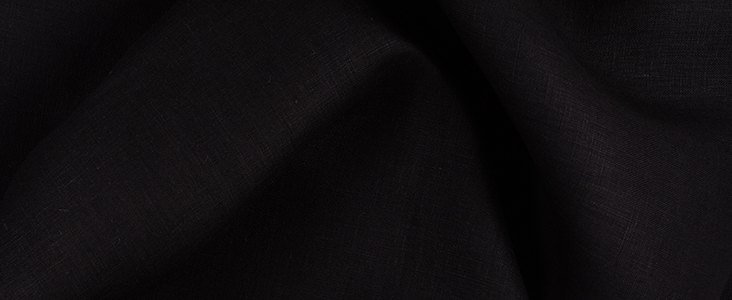
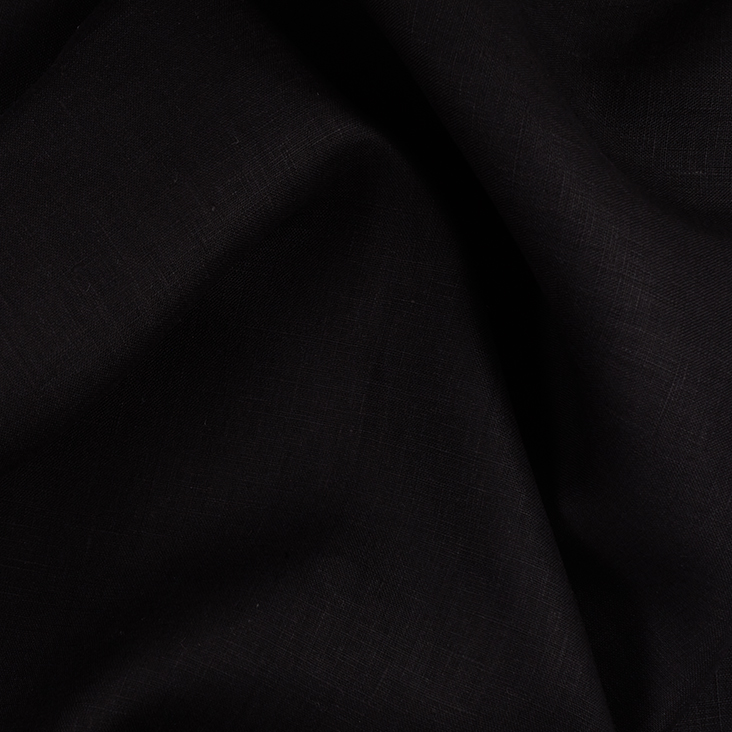
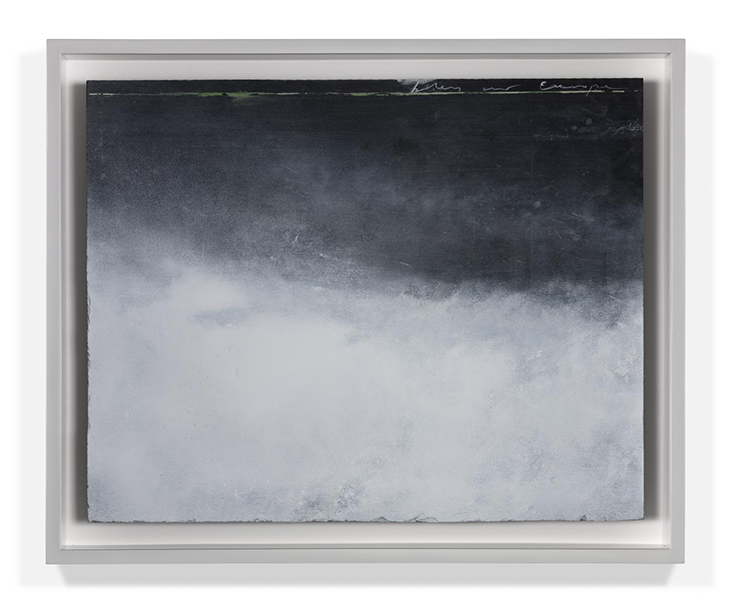

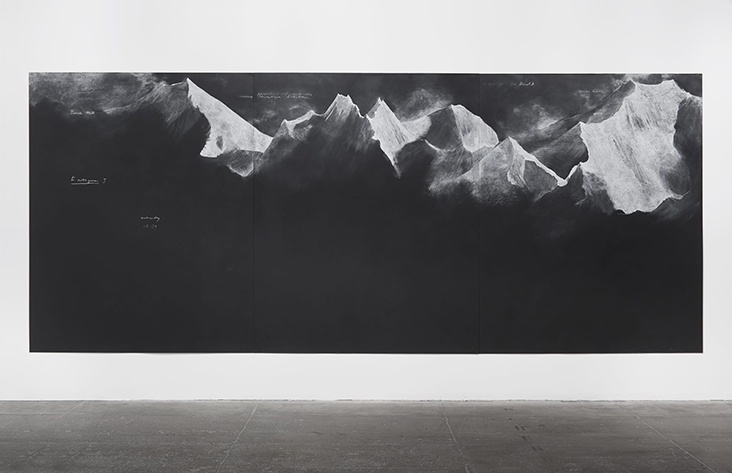
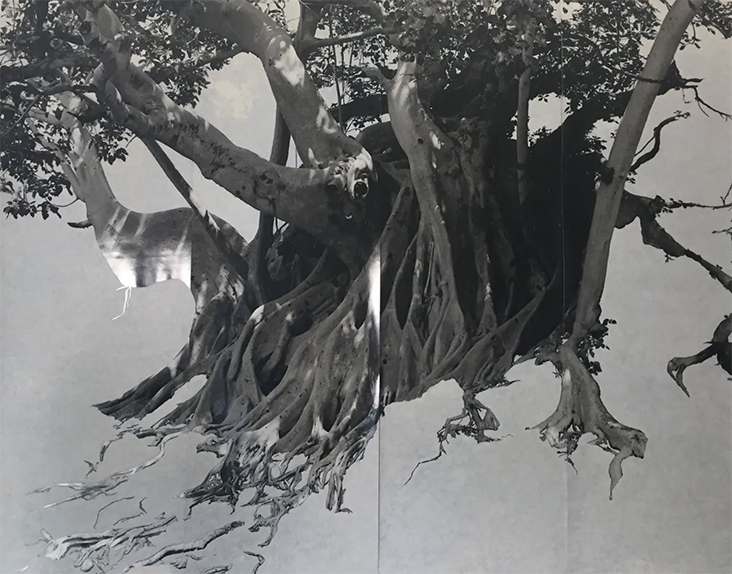












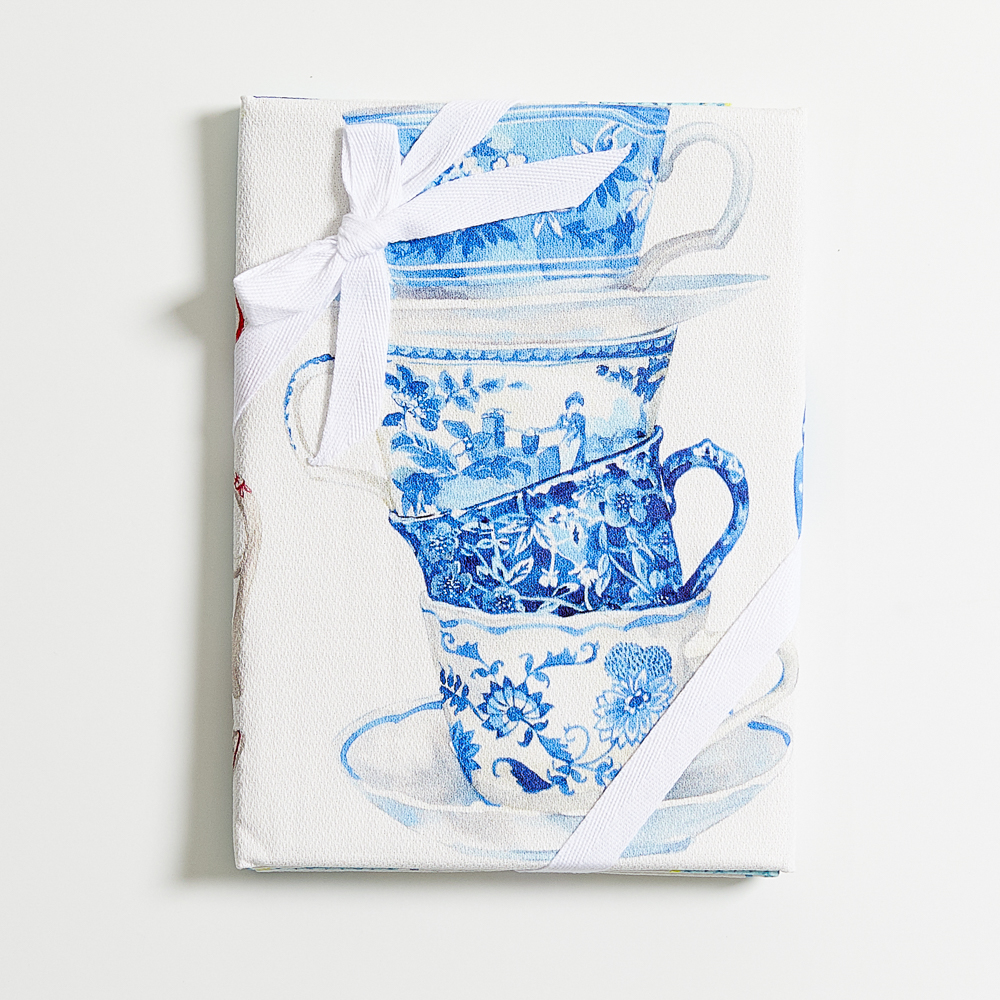



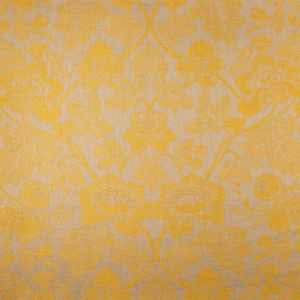
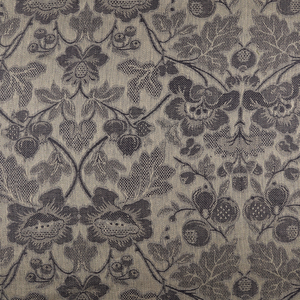
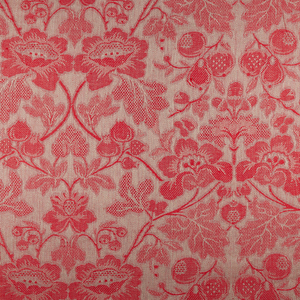
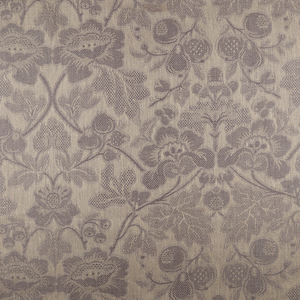
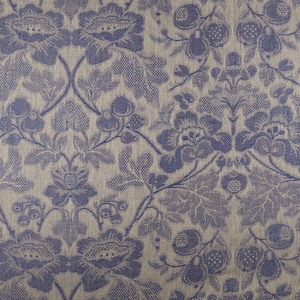
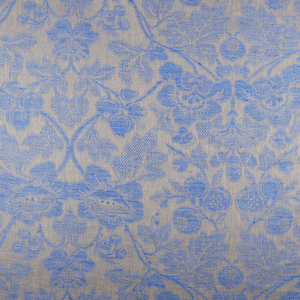
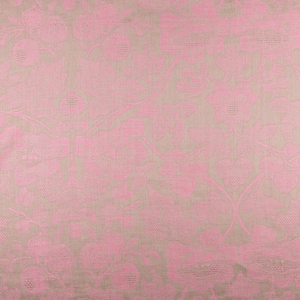


















Leave a comment